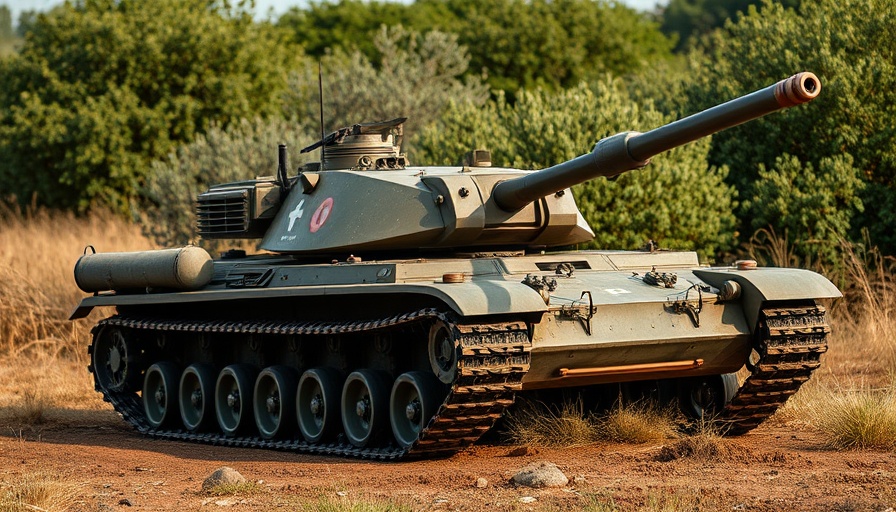
Decoy Tanks: A Technological Evolution in Warfare
The ongoing war between Russia and Ukraine, now entering its third year, has transformed military strategies on both sides, particularly concerning the use of decoy tanks. These decoys, employed to mislead enemy drones and surveillance, have evolved from simple fabric draped over a frame to highly sophisticated replicas that mimic the appearance and thermal signatures of actual armored vehicles.
Basic Operations: How Simple Decoys Confound Technology
Both nations are deploying decoys that vary in complexity. Basic models, such as improvised BMP-1 replicas made from wooden frames and canvas, are still capable of deceiving drones and distant observers despite being easily detected under close scrutiny. This rudimentary level of deceit demonstrates how even simple tactics can still yield significant tactical advantages on the battlefield, forcing the opposing forces to expend resources unnecessarily.
Advanced Decoys: The Leap in Design and Effectiveness
On the other end of the spectrum, we see advanced models like the Ukrainian decoys replicating tanks such as the Leopard 2A6. These are meticulously crafted from solid wood and enhanced with camouflage netting, effectively maximizing their potential to confuse and exhaust enemy munitions. Reports indicate that these decoys have drawn fire away from actual Ukrainian tanks, illustrating their role as a cost-effective force multiplier.
Inflatable Models: Innovative Solutions to Modern Warfare
Advancements have also led to creative solutions such as inflatable tanks, used by both sides to further deceive drone observations. These lightweight and easily deployable models, designed to simulate Russian T-72 tanks, can be built and transported quickly, making them an attractive option for frontline troops. The use of inflatable decoys not only confounds physical detection but also manipulates thermal and radar signatures, showcasing how innovation plays a crucial role in modern warfare dynamics.
The Strategic Impact of Decoy Warfare
Historically, tactics involving deception trace back centuries, with military strategists emphasizing the need for cunning over strength. In the context of the Ukraine conflict, these deceptive practices force the enemy to waste valuable munitions and manpower. For every advanced drone or missile targeted at a decoy, considerable resources are diverted that could otherwise be used to threaten real operational units. This strategic element diminishes the effectiveness of enemy intelligence, causing them to misallocate their forces—an invaluable advantage for any army operating under resource constraints.
As military conflicts continue to evolve, the art of deception through the use of decoy tanks will likely grow, becoming increasingly integral to strategic practices. Understanding these developments not only highlights technological advancements in warfare but also underscores the continuous adaptation required in modern military strategy.
 Add Row
Add Row  Add
Add 




Write A Comment